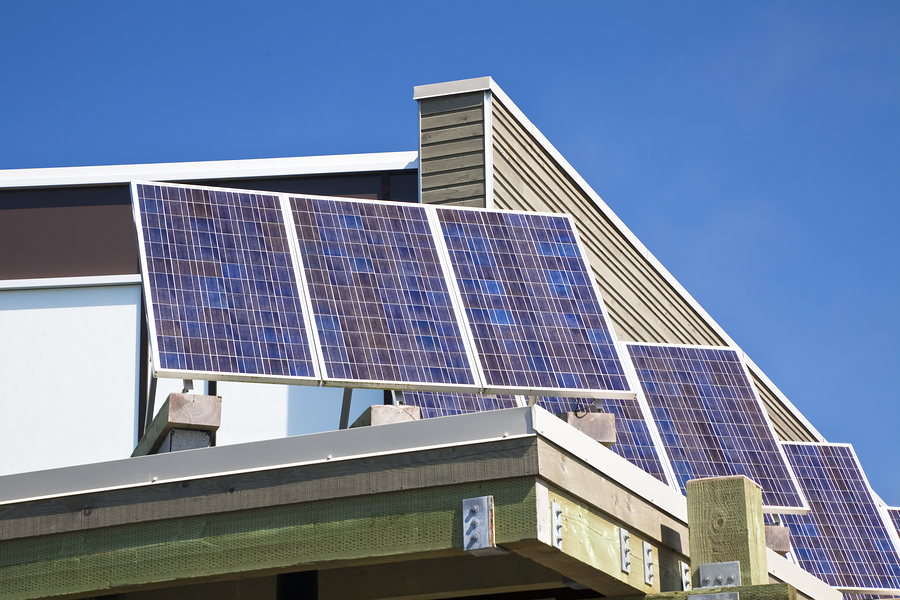Energy and Environmental Design (LEED) is about adding to the sustainability of the environment by constructing energy saving buildings and adding energy-saving features to existing buildings to reduce energy consumption. Contractors are always looking for ways to increase their marketability and find new clients. LEED is the sustainability standard and getting certified in green technology means that the building you are constructing meets all the requirements. That, in turn, can help you expand the types of jobs you do as a contractor and increase business. By finding a contractor school that offers green certification for your next building project, you can set yourself apart from other contractors and offer your services in this valuable field.

Sustainable buildings benefit the occupants and the environment.
Certification Offered in LEED
LEED certification shows that upon completion, your building will meet either platinum, gold, silver or certified status with regard to sustainability. Of the five categories available, you can get certified in indoor quality of the environment, sustainable sites, resources and materials, water efficiency and energy and atmosphere. Credits toward status depend upon credits in the different categories.
Benefits of LEED Certification
In 2013, green residential construction reached 23 percent, according to the U.S. Green Building Council. According to PayScale, a construction building manager with LEED certification can earn from $50,427 to $103,662, depending on location and project. Consultants for green construction average around a $20,000 increase in salary. Getting this certification can set you apart from other contractors, increase your value to an employer, make you more marketable and add to your current skill set.

Green construction can enhance a contractor’s skill set.
Planning Ahead for LEED Certification
LEED certification should be planned for in advance, and setting a budget goal is a good idea, particularly when aiming for one of the higher certifications, since the cost is higher. During project construction and planning, while meeting your energy saving goals, you will want to compare the energy savings and cost over the lifespan of the building. If it is necessary to cut out a line item, examine how it impacts on other features and if that will help you reach your money-saving goal and potentially earn LEED credits. Because savings throughout the life cycle of the construction project is considered, rather than initial cost, resizing or even elimination of some equipment may be possible. One of the benefits of green technology is that it can actually add value to a building while lowering construction costs at the same time.
Continuing Education for Contractors
Contractors know that continuing education at contractor school is required in order to renew a license. The number of required hours vary depending on the state. Learning new technologies to increase your client base and skill set while earning more at the same time can help a contractor’s business grow. PDH Contractors Academy is a contractor school that offers online and/or correspondence continuing education courses to help you get qualified for your annual renewal. After you successfully complete the courses, you can download your completion certificate for easy renewal of your license. Browse courses by state to start fulfilling your continuing education requirement.
